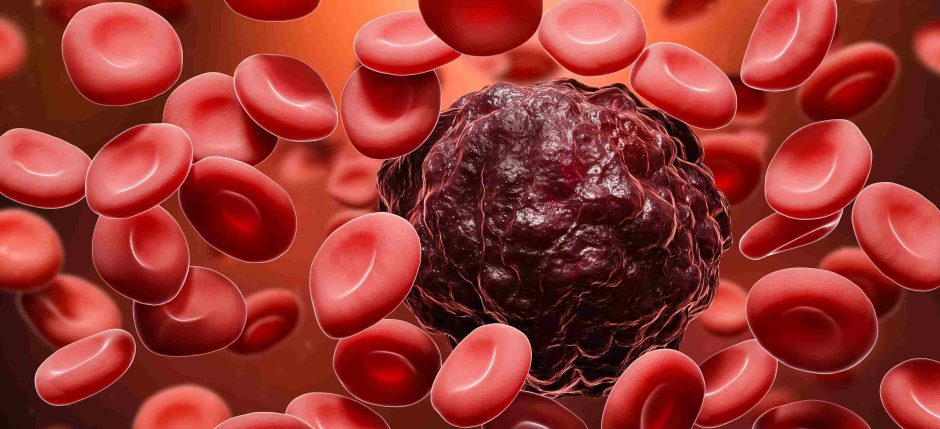
Types of Cancer-Causing Genes
The genetic changes that lead to cancer generally affect three main gene groups—proto-oncogenes, tumor suppressor genes, and DNA repair genes. These alterations are frequently referred to as the “drivers” of cancer.
Proto-oncogenes regulate proliferation and normal cell division. These genes, known as oncogenes, can potentially transform into cancer-causing genes (i.e., enable cells to grow and survive when they shouldn’t buy being altered in particular ways or by being more active than usual).
Genes that decrease tumors are also involved in regulating cell division and proliferation. Specific tumor suppressor gene mutations can cause cells to divide uncontrollably.
DNA repair genes are required to fix DNA damage. The presence of other gene mutations and chromosomal abnormalities, such as duplications and deletions of chromosomal segments, are frequently found in cells with mutations in these genes. The combination of these changes may cause the cells to become cancerous.
Scientists have found that particular mutations frequently appear in various cancer forms as they gain more understanding of the molecular abnormalities that lead to cancer. Currently, many cancer medications are available that concentrate on cancer-related gene changes. Many of these treatments are accessible to anyone with a tumor with the targeted mutation, regardless of where the cancer initially manifested.
Once cancer has spread.
Cancer that has spread to another body part from its initial genesis is referred to as metastatic cancer. The process through which cancer cells spread to different parts of the body is known as metastasis.
Metastatic cancer has the same name and cancer cell type as the primary or original cancer. As opposed to lung cancer, breast cancer that has progressed to the lung and formed a tumor is referred to as metastatic breast cancer.
When examined under a microscope, metastatic cancer cells generally resemble the primary tumor cells. Furthermore, some molecular connections between the cancer cells spread and the cancer cells that originated, such as the existence of specific chromosome abnormalities.
With the help of treatment, people with metastatic cancer may occasionally live longer. In other cases, the main goals of treatment for metastatic cancer are to stop the spread of cancer or lessen the symptoms it is causing. Metastatic illness, which can substantially affect how the body functions, is what kills the majority of cancer patients.
Changes in Tissue That Are Not Cancer
Cancer is not always a result of tissue changes in the body. However, if some tissue alterations are not treated, they may progress to cancer. Here are a few instances of tissue alterations that are not cancer but are occasionally under observation in case they develop into cancer:
When cells within a tissue expand more quickly than is typical, an accumulation of extra cells is called hyperplasia. Under a microscope, the tissue’s cells and organizational structure nonetheless appear normal. Chronic irritation is one of several causes or diseases that can lead to hyperplasia.
In comparison to hyperplasia, dysplasia is a more progressive disorder. There is also an accumulation of extra cells in dysplasia. However, the tissue’s organization has changed, and the cells appear aberrant. Generally speaking, the likelihood of developing cancer increases with how strange the cells and tissue appear. Some forms of dysplasia could require monitoring or treatment, while others don’t. An aberrant mole that develops on the skin and is referred to as a dysplastic nevus illustrates dysplasia. While most dysplastic nevi do not progress to melanoma, some do.
The condition that is considerably further advanced is carcinoma in situ. The aberrant cells do not infect the surrounding tissue the way cancer cells do, even though it is commonly referred to as stage 0 cancer. However, confident in situ carcinomas may progress to malignancy. Thus they are typically treated.
various cancers
There are over 100 different types of cancer. Usually, cancer kinds are named after the organs or tissues where they initially manifest themselves. For instance, lung cancer starts in the lung, and brain cancer starts in the brain. Cancer can also be defined by the type of cell that caused it, such as an epithelial or squamous cell.

Recent Comments